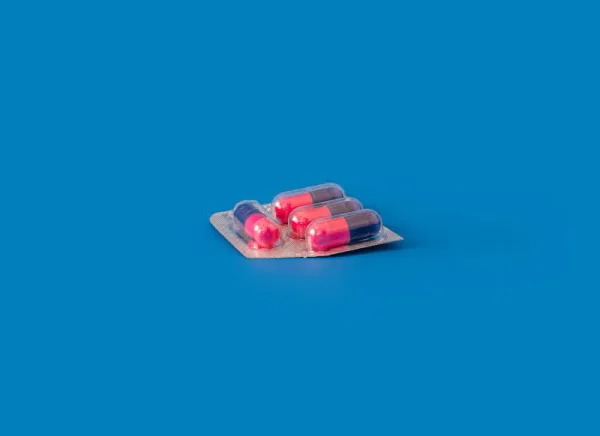Eli Lilly's other new GLP1 - Orforglipron
Eli Lilly is developing new GLP1 drugs, and Orforglipron is one of them. It's not easy to pronounce, but it is easy to take, and easy to produce.

The GLP1 Receptor Agonist race continues. The market leaders – Novo Nordisk and Eli Lilly – are producing more and varied new GLP1 drugs, which have fascinating new takes on the ways the category of drugs can be used/how they are made.
Check out our quick explainer
At GLP1.Guide we're fans of anything that increases the availability and innovation behind these drugs, so we're happy to see the continuing work on Orforglipron, a non-peptide GLP1 that is taken orally.
What is Orforglipron?
Orforglipron is an orally-taken GLP1, similar to Rybelsus – it isn't taken with an injection pen, but rather by simply swallowing a pill.
Want to read more about Orforglipron and how it differs from Rybelsus?
The rest of this article is no longer available for free – if you'd like to read the rest of our analysis, check us out on Substack:




